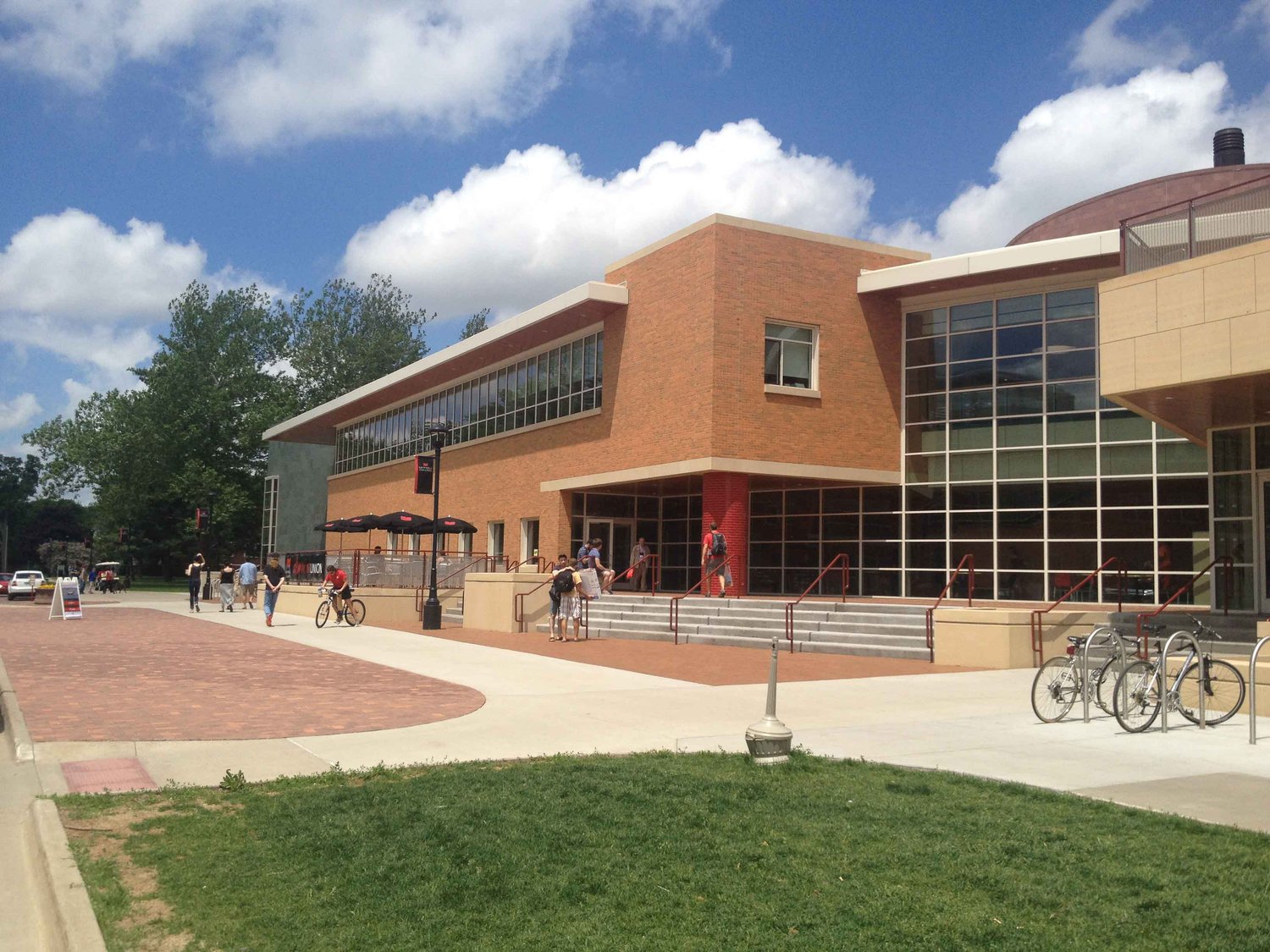Ask anyone embarking on a development or building project about their goals, and not many will list mediocrity among them.
Ask them if they want to build a great place, and of course, their answer will be yes.
Too often, though, the architectural design process overlooks the quotidian pleasures we all unconsciously seek in favor of the big, shiny, and impressive. How can we reclaim the soul of the places that make us who we are if this is the process that continues?
And, if this process continues, what kind of people will we become as we live, work, and study in these “soulless” spaces?
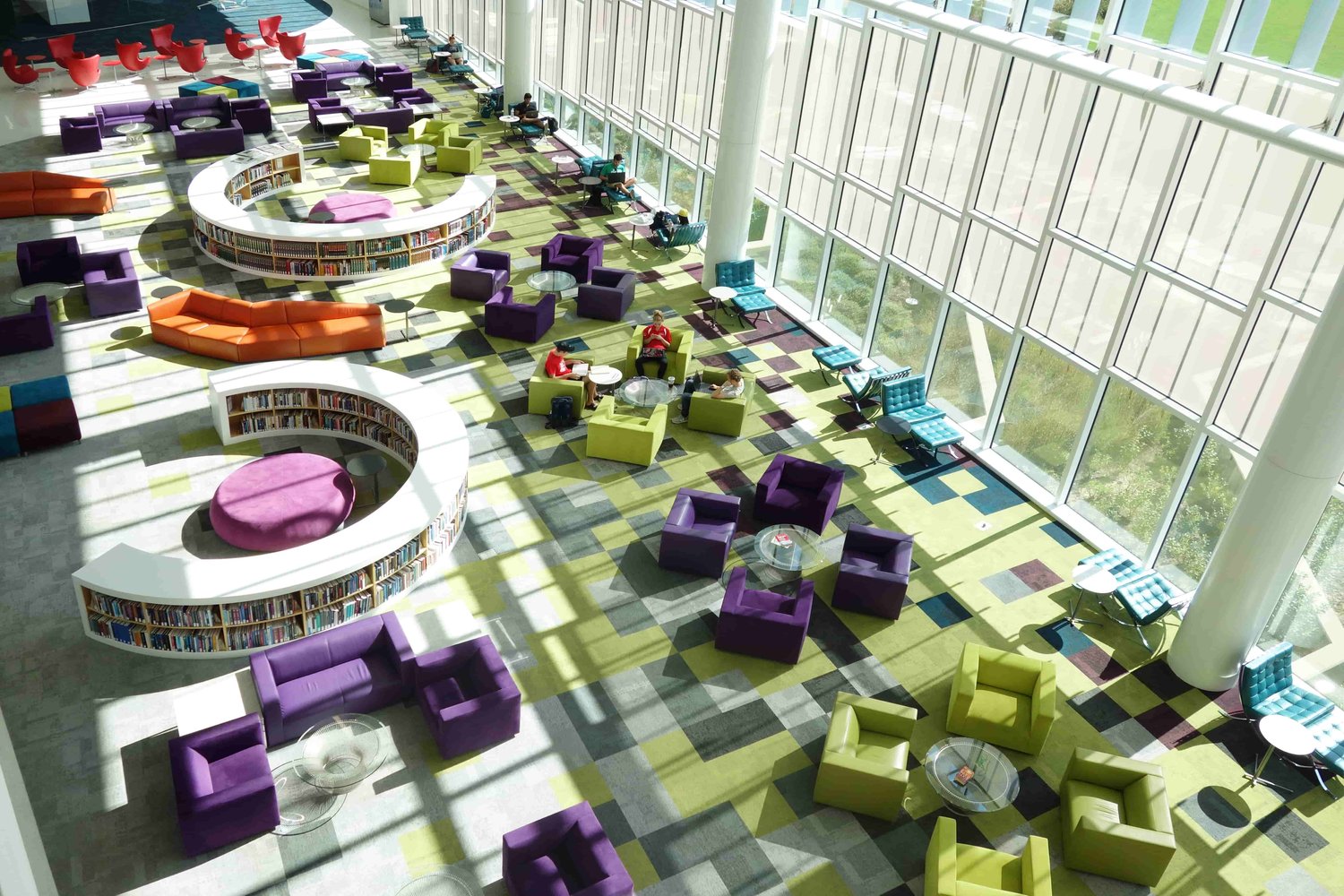
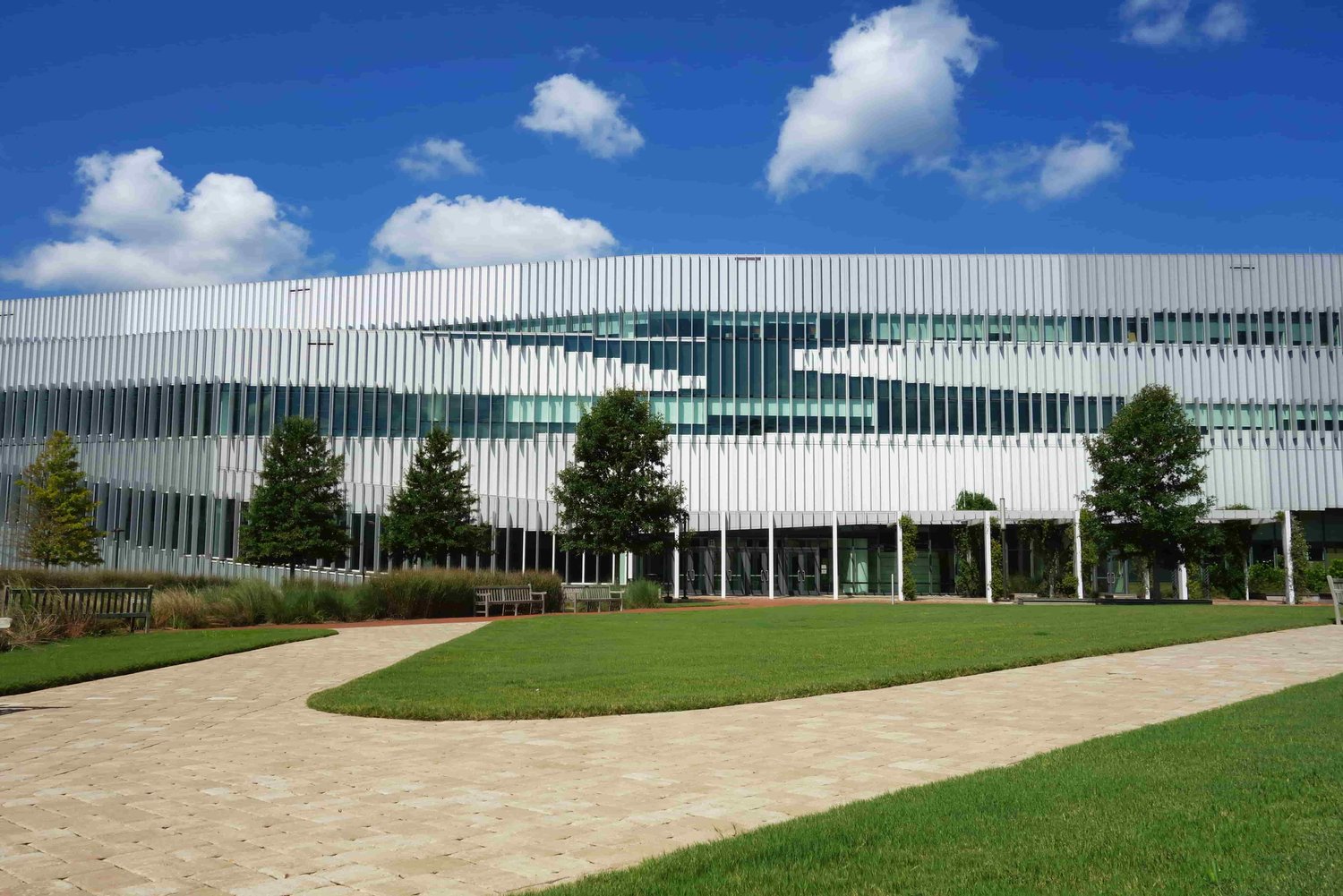
Inclusion or compartmentalization?
Let’s look at an example of “What’s Possible” as opposed to “How it’s Always Been Done.”
Think of a university. So much opportunity. So much capacity for achieving great places. Too often, though they don’t even seem to realize what they’ve got, let alone what’s possible.
If asked, most universities would likely agree on the importance of promoting student life in multiple dimensions. Too many times, though, this philosophy doesn’t survive the planning and design process.
Too often, the result is that faculty and students are relegated to their shiny rectangle, put back into their disciplines, and hidden from each other. Natural interaction is next to impossible.
We could all benefit from cross-fertilization and collaboration more than ever, yet campuses often miss their opportunity to do this better than anyplace else.
Students and professors are no different from the rest of us. They want to live or work in a place that is stimulating, comfortable, safe, and social. But this has too often been ignored in the way campuses have been planned or adapted in recent decades. Billions of dollars go into building facilities that are hidden behind blank walls. That can make for a cutting-edge education, but a lackluster student experience with few chances for exchange.
If even a fraction of these investments were used to express the building’s program to the exterior, it would make a vast difference to the day-to-day experience of the campus.
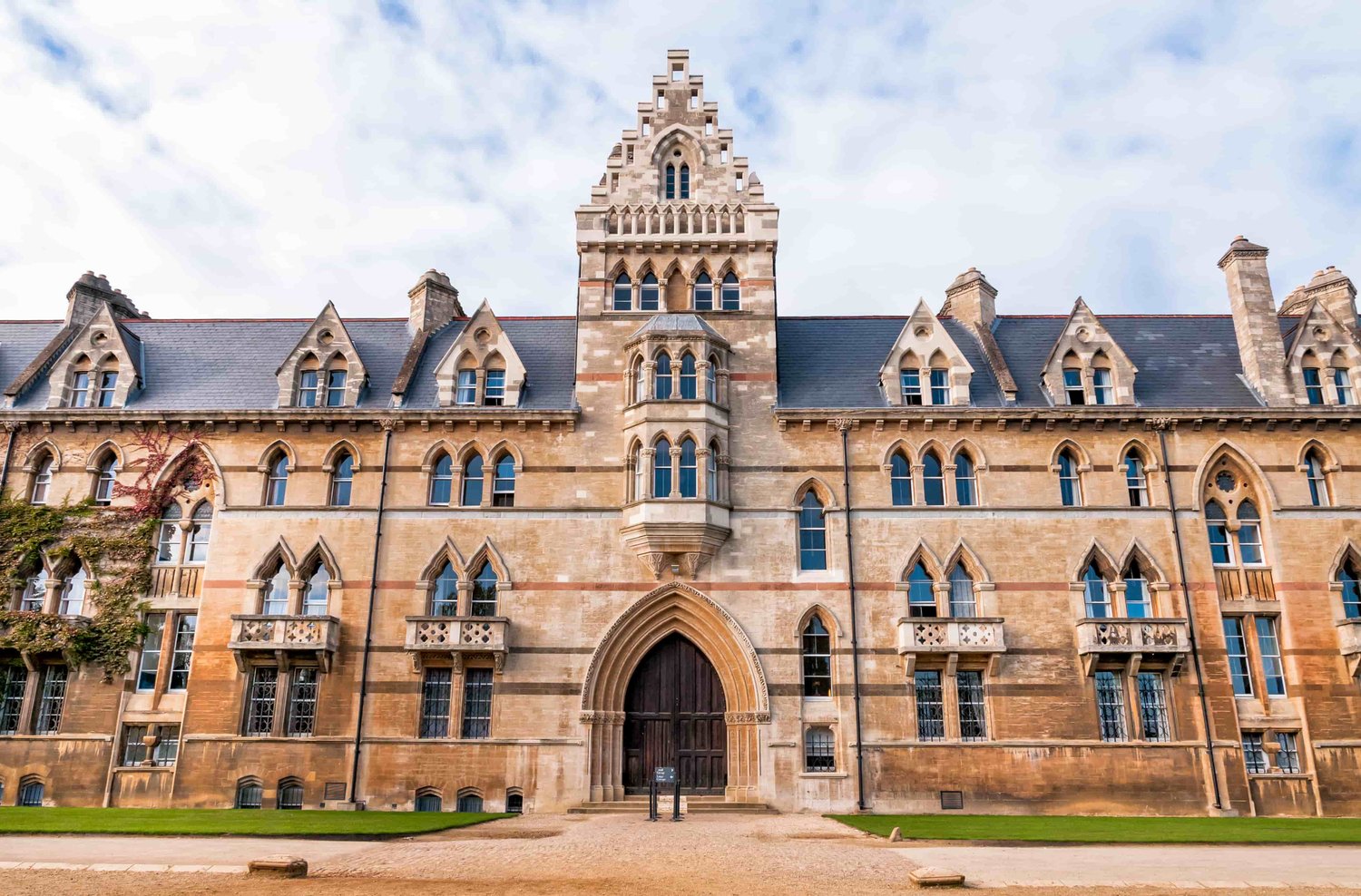
Sharing the wealth through campus placemaking
The key to making campuses more than the sum of their parts is in clustering outdoor activities with expressive buildings that contribute their content to the outside. The goal should be to create busy, dynamic destinations for many different types of people throughout the day and week.
For example, at the University of Texas San Antonio they’ve made a good start at creating an outdoor space outside the food court, with seating under the oak trees, Wi-Fi access, a small stage, and screen capabilities (see photo). They only need to push it a little further, perhaps with an outdoor bar and food truck, and more options for seating. Then add some live music, care of the Department of Music, and you get an amazing and memorable campus hotspot, with only modest effort.
UTSA and I will work together over the coming months to create more of these hotspots for campus life.
This is a way to bring people together instead of confining them in the prisons of their chosen discipline. It encourages dialogues instead of monologues.
And, when we talk to each other, the resulting ideas and innovations benefit us all.
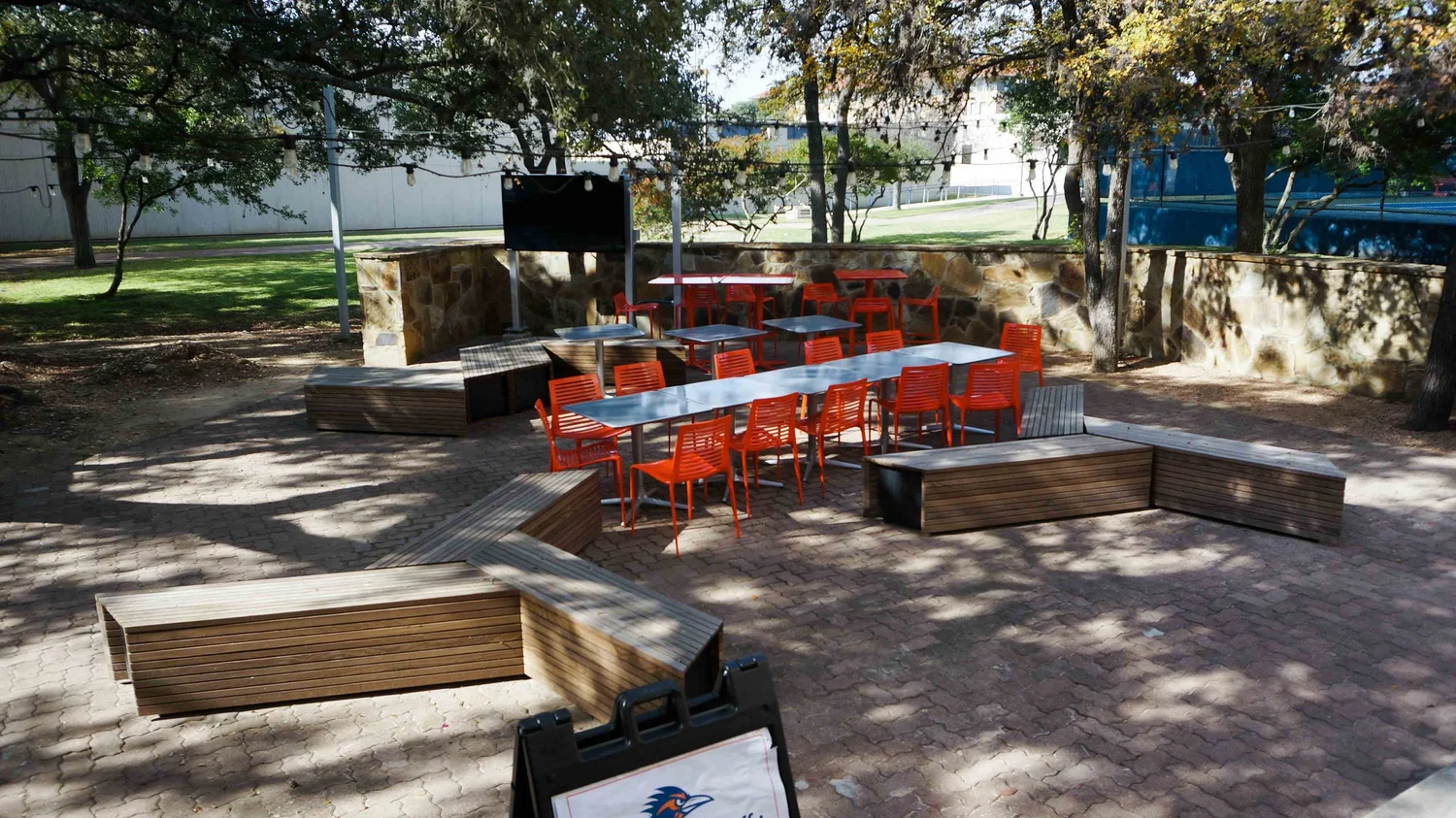
Breaching the ivory tower
But inclusion doesn’t stop at the educational castle walls.
A campus that sits all by itself, cut off from the commerce and life of the local community also falls short of its potential impact.
Some of America’s most beloved campuses feature adjoining business districts that teem with activity. Think of Harvard Square, State Street in Madison, and Telegraph Avenue in Berkeley.
Savannah College of the Arts and the College of Charleston, like many European colleges, have woven their buildings into the fabric of downtown neighborhoods rather than standing apart on their own “hallowed” ground.
For the good of the students as well as for the community in general, we need to see cross-fertilization between universities and the broader community.
There must be places where audiences mix.
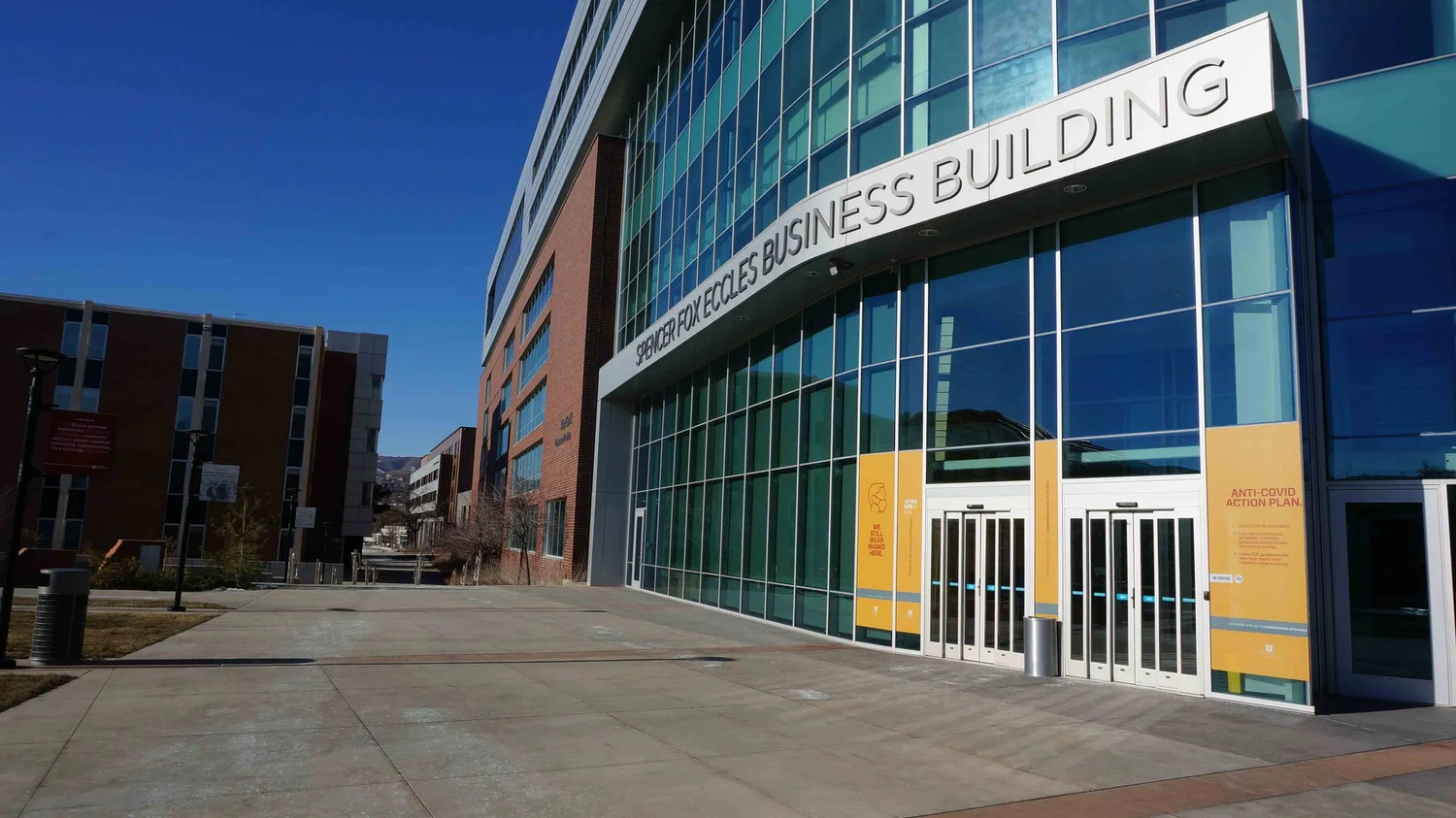
Case in point
While working at Project for Public Spaces many years ago we led a process to add a layer to the master plan for Harvard’s expansion into Allston. Engagement included workshops with students, faculty, and staff, as well as Allston residents.
The intent was to create a series of shared spaces that would encourage interaction between the university’s students, faculty, and staff as well as the residents of Harvard and Allston.
Community gathering places were planned around key campus buildings, such as a library, an arts center, a dining hall, and Harvard Stadium.
The goal was to develop new destinations that would intentionally integrate all kinds of people as the campus was built out. Cluster the right uses, and you can plan for who will show up and how well they will mingle. Build for the future of the university, but also build in ways that bring life to the surrounding community.
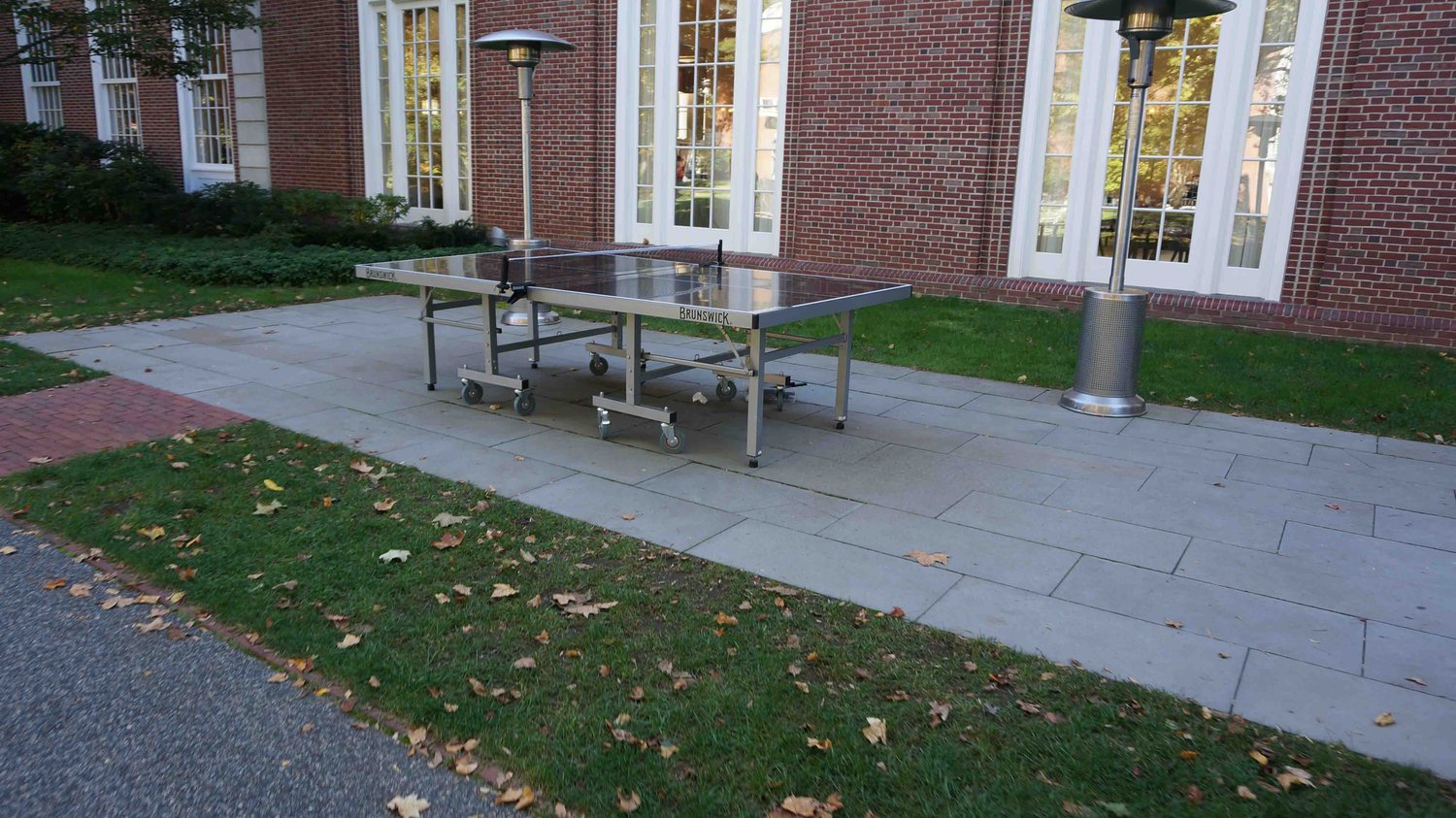
Capturing value
What’s my point?
Go on a treasure hunt.
Millions of dollars go into building facilities that hide their assets behind blank walls. If a tiny part of that investment was directed toward creating a place on the building’s exterior, it would make a vast difference to people’s experiences both on and off campus.
Universities have a vast capacity for doing more with their treasures – their music programs, their lectures, and their many collections that are stored in basements.
A “treasure hunt” involving staff and faculty to better express these opportunities will benefit everyone in the community, and the experience of the campus at large.
A treasure is only a treasure when someone digs it up.
